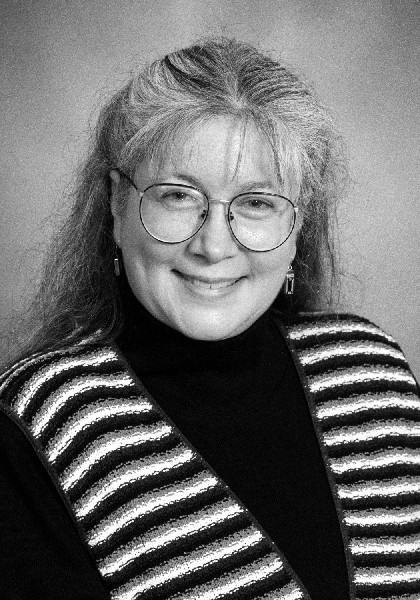But if Sex is such an obvious and natural fact of bodies, why is it something that children must be taught? Why does it take so much trial and error for sexed knowledge to take hold, for the small discoveries of playing doctor to take on the overwhelming and pervasive meanings we carry into adulthood? What if, like skin color or gender, Sex is both there and constructed? How is such a construction accomplished? —Riki Wilchins, Queer Theory, Gender Theory (87)
Required Readings
Wilchins, Queer Theory, Ch. 9 “Postmodernism and Its Discontents” (97-106)
Eve Kosofsky Sedgwick, Epistemologies of the Closet, “Axiomatic” (22-48); Morland and Willox, Queer Theory, Note #8 (summary explanation of Sedgwick’s “Axiomatic” [201]) [on Moodle2]
Wilchins Queer Theory, Ch. 10 “Race-Critical Thought and Postmodernism’s ‘Second Wave’” (107-121)
Graduate Readings [on Moodle2]:
Edwards, Eve Kosofsky Sedgwick, “Sedgwick Status in LGBTI Studies and Queer Theory” (13-15), Ch. 2 “Homosocialities” (32-45), “Queer Taxonomies” (62-76), “After Sedgwick” (142-47)
Ray, “The Postcolonial Critic: Shifting Subjects, Changing Paradigms” (207-240)
